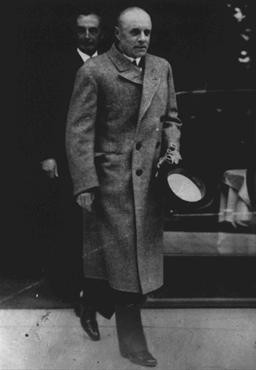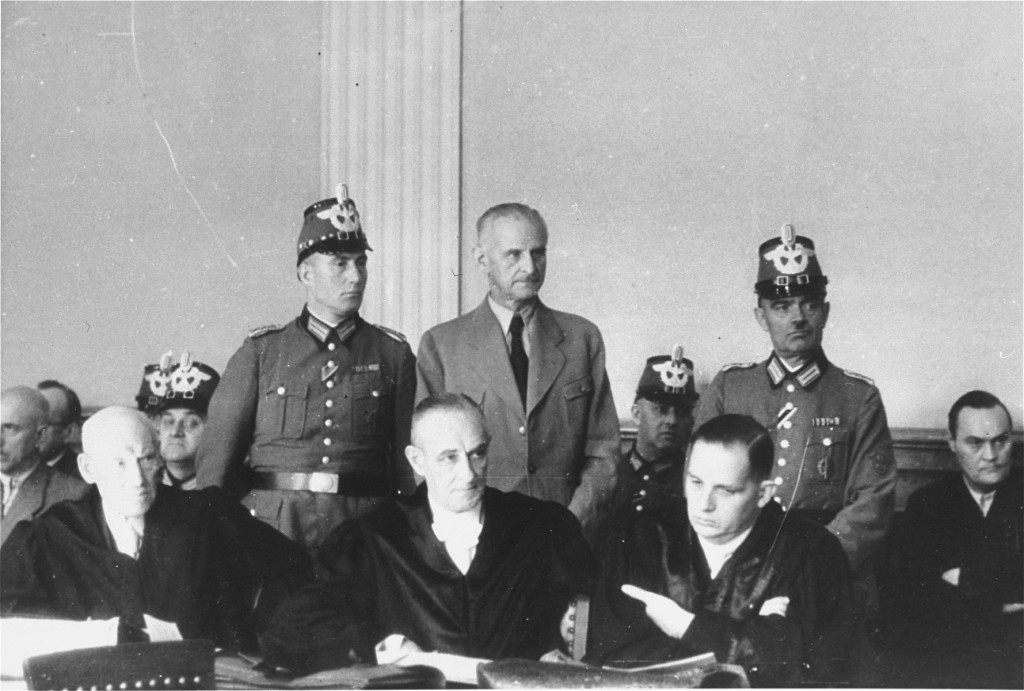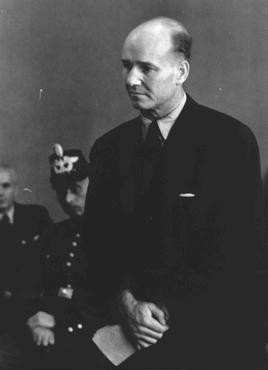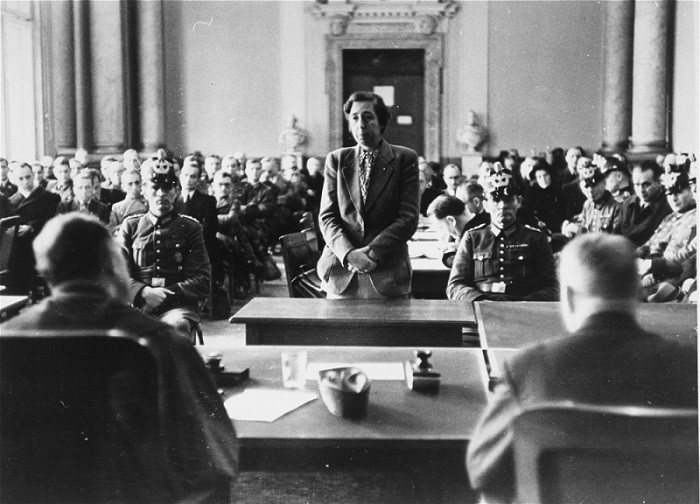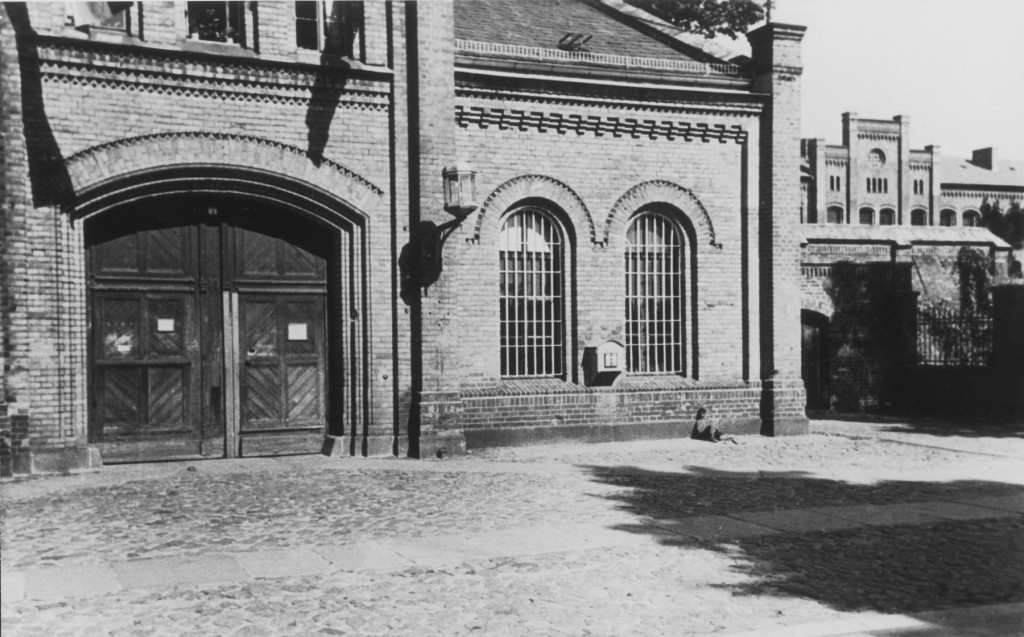
The July 20, 1944, Plot to Assassinate Adolf Hitler
The July 20 plot was a failed attempt to assassinate Adolf Hitler in 1944. It involved a number of both civilian and military officials. The motivations of the conspirators and their place in the history of the Third Reich remain an area of intense debate.
Key Facts
-
1
Almost all of the conspirators had a conservative, nationalist perspective and an aristocratic background.
-
2
The primary military conspirators were General Friedrich Olbricht, Major General Henning von Tresckow, and Colonel Claus von Stauffenberg, along with Claus-Heinrich Stülpnagel, the military commander in France.
-
3
Controversy still surrounds the plot today, with some seeing the participants as heroes and others as traitors. The motivations of the individual plotters are still a matter of debate.
Plotters and their Motivations
The key conspirators in the July 20 plot can be divided between civilians and active military (mostly army) officers. Almost all of the conspirators shared a conservative, nationalist perspective and an aristocratic background.
The civilians were mainly individuals who had resigned from the Nazi regime in the 1930s. Carl Friedrich Goerdeler, for example, had been the mayor of Leipzig from 1930 to 1937, but resigned his position in opposition to Nazi policy. Ludwig Beck, another important civilian, was a former general who had resigned in opposition to Hitler’s aggressive war plans in 1938.
The most important military conspirators were General Friedrich Olbricht, Major General Henning von Tresckow, and Colonel Claus von Stauffenberg, along with Claus-Heinrich Stülpnagel, the German military commander in France.
The motivations of the conspirators were likely varied and remain contested to this day. Some, like Goerdeler, objected to Nazi anti-Jewish policy as well as the general mismanagement of the war leading Germany to ruin. Tresckow, too, appeared to be deeply dismayed by the Nazi’s antisemitic policies and privately described Kristallnacht as an act of barbarism.
Yet motivations varied widely and should not be viewed solely in the context of the Holocaust. For many of the conspirators, the attempted assassination had a more pragmatic objective: to rescue Germany from catastrophic defeat brought about by Hitler’s increasingly irrational management of the war. Indeed, a number of the conspirators were themselves implicated in both war crimes and the Holocaust. Stülpnagel had closely cooperated with the Einsatzgruppen in their mass murder of Jews when he commanded the 17th Army in the German-occupied Soviet Union. The Quartermaster of the Army, Eduard Wagner, who supplied the escape aircraft, had coordinated Einsatzgruppen cooperation with the army and created the plans to starve Soviet prisoners of war (POWs), resulting in millions of deaths. Arthur Nebe was leader of the Kripo (Criminal Police) and had commanded Einsatzgruppe B in the Soviet Union, responsible for the murder of over 45,000 Jews.
The Plan: Operation Valkyrie
After a failed bomb attempt to assassinate Hitler on his airplane, the conspirators focused on an existing contingency plan code-named Operation Valkyrie. This operation was originally designed to militarily combat potential civil unrest in Germany. The conspirators modified the plan for their own aims, with the intention of taking control of German cities, disarming the SS, and arresting key Nazi leaders in the wake of the plot.
As part of the plan, Colonel Stauffenberg would travel to Hitler’s headquarters in East Prussia (the “Wolf’s Lair”), where he would place a briefcase containing two bombs under Hitler’s briefing table. Once Hitler died in the explosion, the military would claim the assassination had been part of an attempted coup by the Nazi Party and would then implement Operation Valkyrie. The Reserve Army would seize key installations in Berlin and arrest high-ranking Nazi officials, including Goebbels, while disarming loyal SS units. Meanwhile, upon receipt of the Valkyrie orders, Stülpnagel would consolidate army power in France as well. In the confusion of Hitler’s death, Göring, Himmler, and other major Nazi leaders would be arrested, and a new government established with Goerdeler as Chancellor and Beck as president. This government would then be positioned to negotiate an armistice to end the war with more generous terms for Germany.
The Failure of the Plot
On July 20, 1944, Stauffenberg placed one of two bombs in a briefcase under the table in Hitler’s briefing room in the Wolf’s Lair. He was unable to arm the second bomb in time. After Stauffenberg left the room, the briefcase was coincidentally moved under the heavy support of the table leg. It detonated, but failed to kill Hitler. This was not, however, immediately known to the conspirators. An ally at Hitler’s headquarters cut off all communication as Stauffenberg returned to Berlin to coordinate the implementation of Valkyrie.
At first, the plan seemed to go smoothly as the Reserve Army began taking action, but delays, confusion, and poor communication robbed the coup of its initiative. Eventually, the fact of Hitler’s survival was broadcast, and the plot rapidly unraveled.
Aftermath
Some of the plotters were executed on the same day. General Olricht, Colonel von Stauffenberg, and two other conspirators were captured at the Bendlerblock, site of many offices of the Supreme High Command of the German Army, tried by an impromptu court martial, and executed by firing squad in the courtyard. Another major plotter, General Ludwig von Beck, was allowed to commit suicide. He was killed by a coup de grace after he succeeded only in wounding himself.
In the days that followed, Hitler ordered a massive hunt for conspirators which continued for months. This search netted most of the conspirators, along with those who were more peripherally connected such as Field Marshal Erwin Rommel. Rommel’s name arose in interrogations but it was likely he was not directly involved.
Many of the conspirators appeared before the notorious People’s Courts for show trials, but this practice was ended as it gave conspirators a platform to condemn the regime. In the end more than 7,000 people were arrested, and 4,980 were executed, often on the barest evidence
Critical Thinking Questions
What pressures and motivations may have influenced the decisions and actions of those who tried to resist the Nazi regime? Are these factors unique to this history or universal?
Explore how challenges to ethical behavior and leadership played out in the context of the Holocaust. How do these challenges confront us today?
How can societies, communities, and individuals reinforce and strengthen the willingness to stand up for others?


